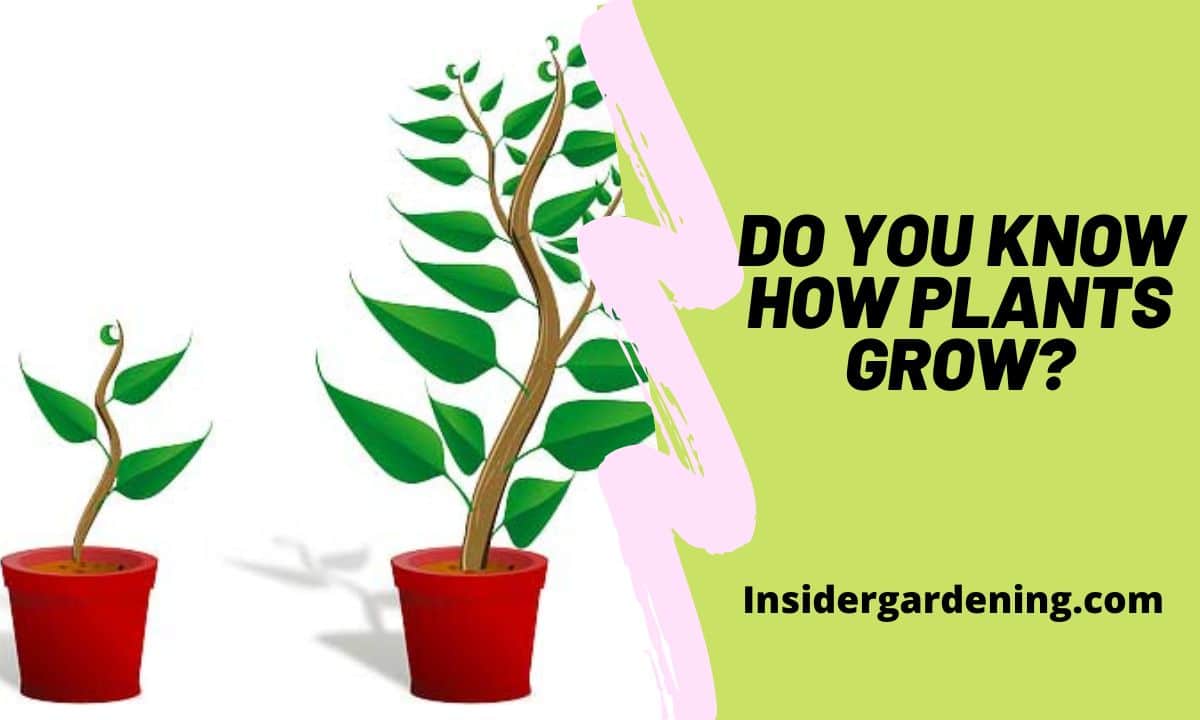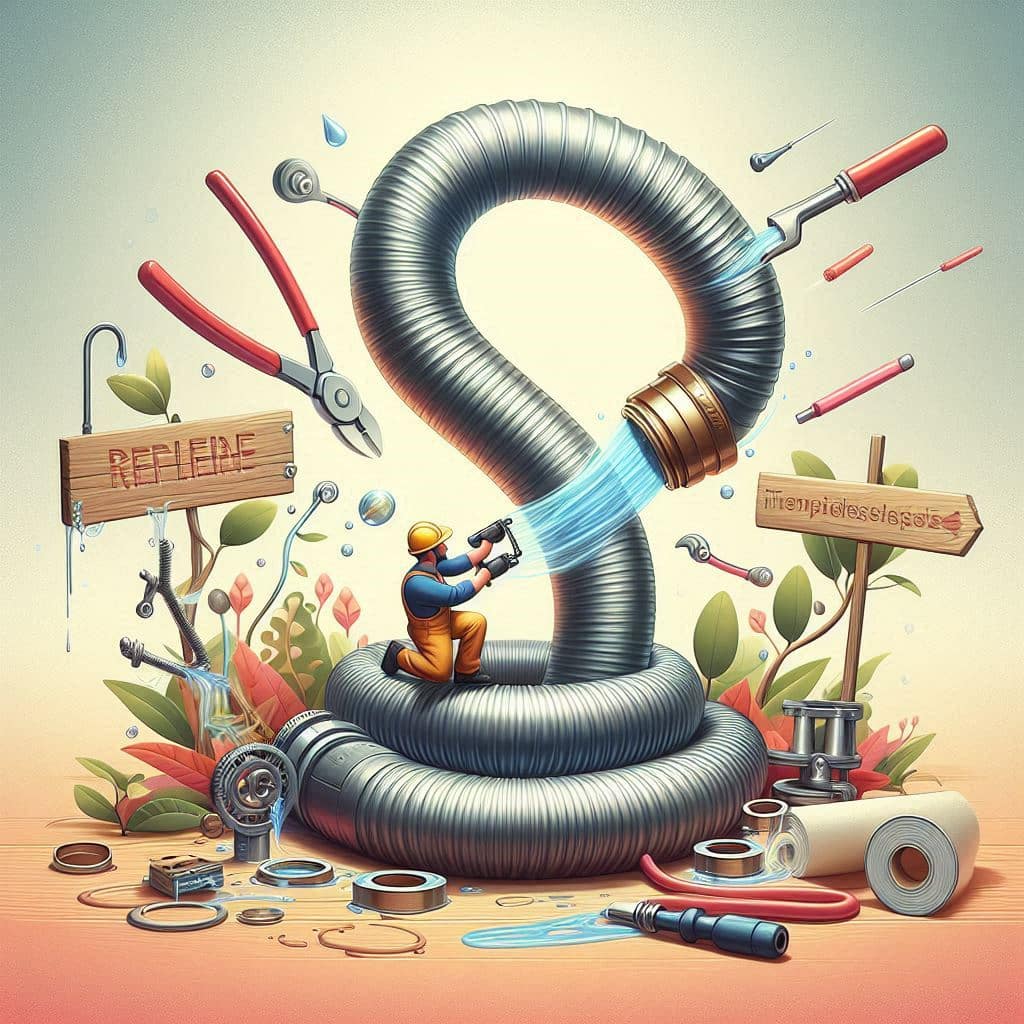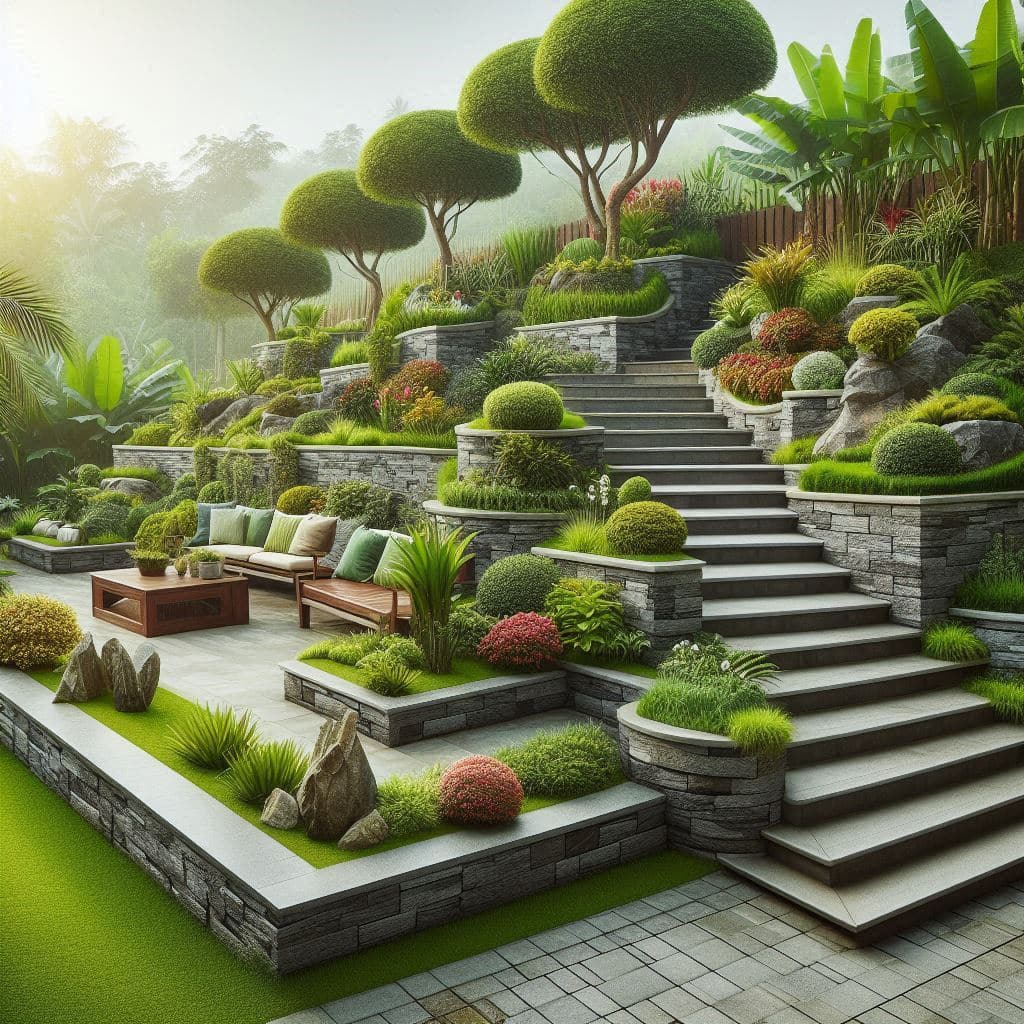Do you Know How Plants Grow?

How the Different Parts of a Plant Work Together to Make the Plant Grow?
I can almost see your reaction!!! However, we sometimes forget that plants are composed of many parts and that if one of those parts is not healthy, the plant will not survive. In this article, our guest Bill Watson explains how plants grow, and how the different parts of the plant are important and work together. Let’s see what he has to say…
Like anything you can think of, whether it be people, pets, or plants, their basic needs must be met to ensure a happy, healthy life. (For a larger view of the picture, click on it once and you will be taken to another page where you can click on the picture again to enlarge it.)
Plants, of course, are alive, and so have both general and specific needs, depending upon the variety of plants in question. In this article, we’ll learn about the different parts of plants – root, stem, leaf, and flower – and how plants grow thanks to the different parts working together as one
Roots
Most often overlooked and neglected, the root system of any plant plays a critical role in how plants grow, i.e. the overall plant growth, health, and vigor.
The root system is responsible for supplying a plant with water, vitamins, and minerals, all necessary ingredients that promote and maintain healthy vigorous growth.
As the nutrients around the plant are consumed, the roots will continue to grow out and down, searching for new sources of food and water.
Soil
As you may have guessed, the type of soil in your garden plays an important role in overall plant health and vigor and how plants grow. In general, most plants like loose, well-drained soil with lots of organic material filled with nutrients.
Organic material plays a big part in how plants grow by helping to maintain moisture content levels in the soil and helping to prevent soil compaction Organic material can be peat moss, shredded bark, composted or decomposed plant material, some form of manure (generally cow manure), or even worm castings or rice hulls to name a few.
Potting soil is usually some combination of the above list and may have little or no actual “dirt” in it.
Stem
The stem, stalk, or trunk is the “super highway” of the plant. It starts at ground level and supplies the food and water from the roots to the leaves and flowers or fruit.
Leaves
The leaves of a plant also play a major role in how plants grow by taking the food and water from the roots through the stem and with the help of sunlight turning the water and nutrients into energy. That energy is then sent back through the stem to the entire plant, including right back down to the roots — nature’s example of Solar Energy at work.
Flowers
The flower or fruit of a plant is responsible for the reproduction of the plant. Whether it’s strawberries, lemons, tomatoes, pansies, or pine cones, their sole purpose in life is to reproduce more of their own kind.
Humans have found over time that various plants either taste good, have a nice scent, or are pleasant to look at and have therefore selected out of millions of varieties just a few types to cultivate
How Plants Grow Tip 1:
Growth above ground mirrors growth below ground. For example, if your bell pepper plant is 1 foot tall and 1 foot wide, its root system is 1 foot deep and 1 or more feet wide.
How Plants Grow Tip 2:
Always follow the directions for any gardening product (fertilizer or pest control). If you’re not sure, using less is always safer than using too much. However, using the right amount will help ensure consistent results.
The information in this article will help you better understand how plants grow — that is, what could be wrong if your plant is slowly wilting and which part of the plant needs extra tender loving care. Whether a beginner or not, you will definitely want to understand how the various parts of a plant work together to promote healthy growth.
Remember that like anything you can think of, whether it be people, pets, or plants, their basic needs must be met to ensure a happy, healthy life.



